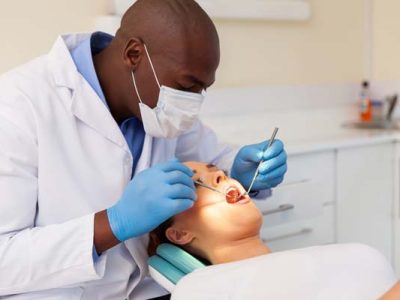Medical school is often portrayed as a gateway to a prestigious and meaningful career, but the reality for many students is far more complex. Behind the achievements and long hours lie emotional burdens that can quietly build until they become overwhelming. The issue of medical student suicide is a growing concern that cannot be ignored. Understanding and identifying early warning signs can save lives and build a more supportive medical community.
The Emotional Weight of Medical Training
Medical students are under immense pressure to succeed. Intense workloads, high-stakes exams, long clinical hours, and the emotional toll of patient care often contribute to feelings of inadequacy, isolation, and exhaustion. In some cases, students begin to question their worth, future, and even their will to continue.
Could it be that some might start to consider suicide as a possible option? A heartbreaking and dangerous thought that can emerge when emotional support is lacking. When students feel they must endure in silence, the risk of suicidal ideation increases dramatically. The presence of untreated depression, anxiety, and burnout only deepens this internal struggle.
Recognizing the Early Warning Signs
It’s critical that peers, faculty, and family members know how to spot potential red flags. The signs are not always dramatic but can appear gradually through behavioral and emotional changes. Common indicators include:
- Withdrawal from classmates or social events
- Constant fatigue or sleep disturbances
- Loss of interest in academics or usual activities
- Expressions of hopelessness or self-doubt
- Increased irritability or mood swings
- A sudden drop in academic performance
Even subtle shifts in demeanor or daily routine may be signaling deeper emotional pain. Regular check-ins and compassionate conversations can provide an opening for students to express what they’re going through.
Creating a Culture of Support
Tackling this issue requires a cultural shift within medical institutions. Academic excellence should not come at the cost of emotional well-being. Faculty and administrators need to create environments where it’s safe to speak openly about mental health struggles without fear of academic penalties or judgment.
Providing access to comprehensive mental health resources for medical students is a critical component. This includes confidential counseling, wellness workshops, mental health days, and peer support programs that allow students to connect and be vulnerable in safe spaces.
Normalizing the Conversation
The stigma around mental health in medicine often prevents students from seeking help. By incorporating mental health education into the curriculum and training staff to recognize distress, institutions can break down these barriers. Encouraging vulnerability and validating emotional struggles sends a strong message: it’s okay to not be okay.
Fellow students can also play a vital role. Simply checking in, listening without judgment, and offering resources can make a meaningful impact on someone’s mental health journey.
Conclusion
Addressing medical student suicide requires more than awareness—it demands action. When students begin to question whether suicide is a good option, they are often in crisis and need immediate support. By identifying early signs and promoting accessible mental health resources for medical students, we can foster an academic environment that nurtures both the minds and hearts of future doctors.








Comments